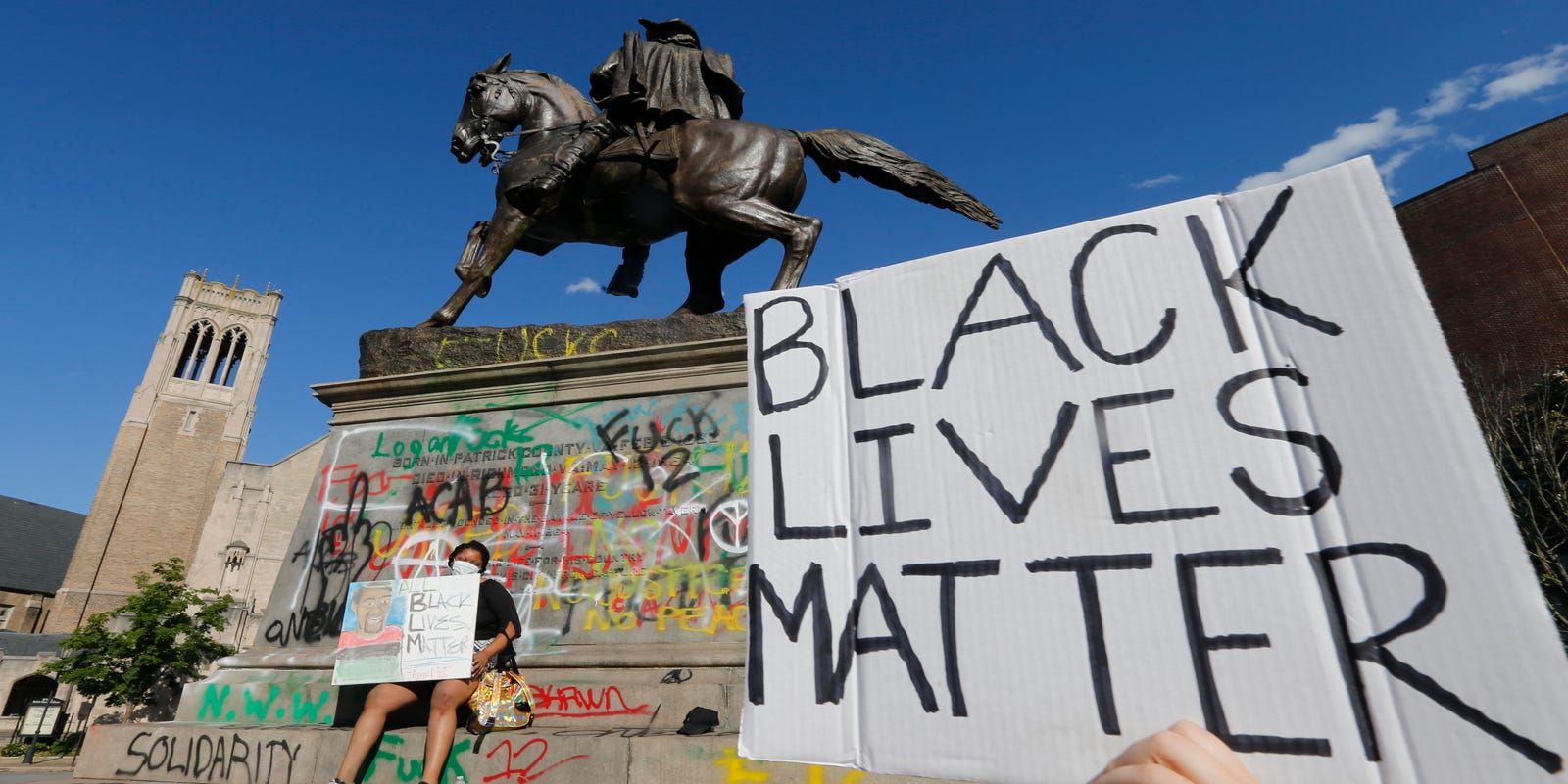Heritage or Hate: The Debate Over the Removal of Confederate Statues
by Justin Feira, Form V
3 min. read — March 24, 2022
Regional identity has always been an important part of American culture. States have long held their own separate ethoses, histories, and mythologies. But just because a region has its own history does not necessarily make that history glorious. Recently, Confederate monuments and symbolism across the country have come under increasing scrutiny as representations of racism and its legacy on America. In response, many local governments have removed Confederate monuments and renamed locations, such as schools, roads, and parks, that were previously named after Confederate figures. Some have protested these changes, claiming governments are destroying their cultural heritage. However, these monuments are not cultural heritage but symbols of a racist past, and therefore they should be removed.
Proponents of maintaining the monuments argue that they preserve history and are merely part of their heritage. But that notion is simply false. The Confederacy seceded from the Union because of slavery. There may have been other factors that contributed to secession, but slavery was by far the most significant factor. Many people who argue to keep monuments believe that slavery was not the central issue of the Civil War and assert that the South was defending its rights by reacting to northern aggression and provocation. This idea that the civil war was fundamentally not about slavery and that the South was a victim is called the Lost Cause of the Confederacy. This idea completely fictionalized and romanticized the antebellum South and is at fault for the glorification of the Confederacy that we see today. During reconstruction and up to the 1890s, almost no monuments glorifying the Confederacy were erected. Instead, almost all memorials built during this period were to mourn and honor dead soldiers. Only in the Jim Crow era did monuments glorifying the Confederacy and its leaders, rather than mourning the dead soldiers, start to be built.
Instrumental in the construction of these monuments were groups such as the United Daughters of the Confederacy, an organization founded in the 1890s by daughters and widows of former Confederate soldiers. The UDC helped maintain segregation in the South through distorting history by pushing the Lost Cause myth from obscurity to the mainstream via changing school textbooks, giving speeches, and other means. The notion that these statues merely preserve our history is categorically false. These groups did not build these monuments simply to preserve history; they built them to entrench segregation.
History doesn't have to be preserved through glorification. Germans remember the Nazis and the terrible things they did, yet they do not have a statue of Hitler in the center of Berlin. Preserving history can be accomplished in many other, more sensible ways. Ultimately, the bottom line maintains that these statues were built not to preserve history, but to glorify a racist past and to enforce white hegemony; therefore, they must be removed.
